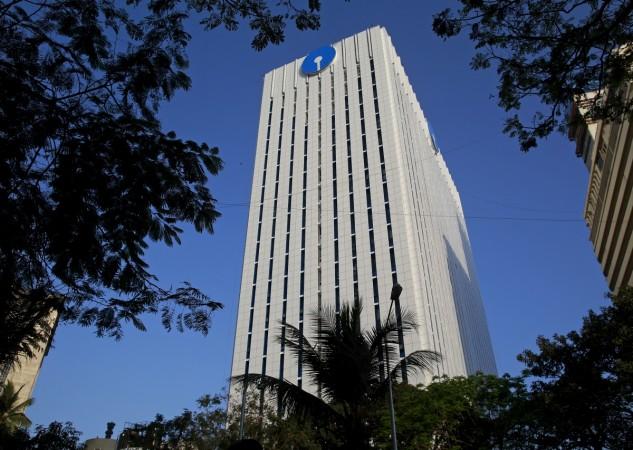
In the wake of the expectations that lending rates would fall after the Reserve Bank of India (RBI) reduced the repo rate by 25 basis points (bps) to a five-year low of 6.50 percent at its bi-monthly monetary policy review meeting Tuesday, there has been an interesting take on whether banks are really in a condition to lend at lower rates post the rate cut.
Economist Ajit Ranade, in a column published in the Bangalore Mirror last week, wrote (citing the latest RBI data) that sharply in contrast to the growing economy and rising people's incomes, the current rate of growth of bank deposits at 9.9 percent is the lowest since 1963.
"Banks earn their income and profit from the net interest margin, i.e., the difference between what they offer on deposits (typically 4 to 7 per cent) and what they charge to their borrowers (typically 9 to 11per cent depending on the type of loan). But if they are forced to raise deposit rates, then surely the lending rates will also go up," Ranade wrote.
Notably, since banks lend based on the availability of deposits with them, a low deposit growth would, in fact, mean that banks may not have enough funds to loan. This, in turn, would lead to banks raising the rate of return on savings so to attract more deposits.
"But if they are forced to raise deposit rates, then surely the lending rates will also go up," Ranade noted.
Meanwhile, RBI governor Raghuram Rajan seemingly painted a different picture by expressing that borrowing rates are coming down significantly and hoping that banks would act upon the slew of measures taken by the apex bank and reduce lending rates.
"Borrowing rates are coming down significantly in this economy. My hope is that we will see significantly more transmission over the next few months," he told at a press conference Tuesday in Mumbai, Reuters reported.
In 2013, Pratip Chaudhuri, former head of India's biggest lender State Bank of India, had echoed similar concern, saying that for banks to lower interest rates would depend on deposit rates and not the repo rate.
"Interest rates will depend on deposit rates and not the repo rate...If the (deposit) costs go up, the lending rates will also go up. The car loans and home loans will get costlier if the deposit rates increase. It does not depend on the repo rate...the repo rate is immaterial, please throw it out of the window," Chaudhuri told the Hindu.
However, India Inc. saw the measures initiated by the RBI as paving the way for a cut in lending rates by banks.
"The 25 bps cut and other measures by the RBI to boost the liquidity in the system is a welcome move. A relief on the cost of funds is awaited eagerly by the corporate India, which should help them to improve financial health and plan for the next leg of growth," said Umesh Revankar, MD, Shriram Transport Finance Company Limited.
A similar view was expressed by George Alexander Muthoot, managing director, Muthoot Finance Ltd. "With this, we expect RBI to focus on implementation of rate cuts by banks to ensure faster transmission of rate cuts to the end borrowers," he said in a statement.
ICICI Bank MD and CEO Chanda Kochhar appreciated the "accommodative stance" of the RBI.
"The announcement that the RBI will progressively lower the average liquidity deficit in the system from one per cent of NDTL to a position closer to neutrality significantly addresses this concern. This should support the transmission of RBI's accommodative policy stance," she said in a statement Tuesday.













